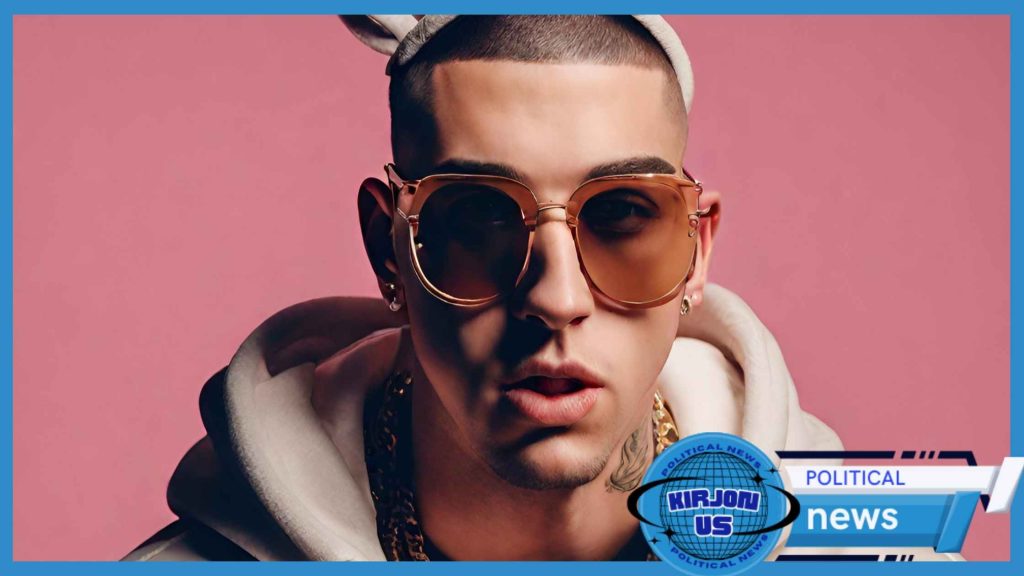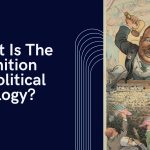With his rising popularity and chart-topping hits, Bad Bunny has taken the music industry by storm. However, a recent legal dispute has put the spotlight on the complexities of copyright laws and the use of concert footage. This lawsuit raises important questions about ownership, intellectual property, and the rights of artists in the digital age.
In this article, we will delve into the Bad Bunny lawsuit, exploring the issues surrounding concert footage and the legal intricacies of copyright laws. We will examine the legal dispute at hand, the parties involved, and the arguments presented by each side. Additionally, we will discuss the broader implications for the music industry and shed light on the challenges faced by artists when it comes to protecting their work.
Stay tuned as we navigate through the intricate world of copyright infringement and entertainment law, shedding light on the legal proceedings and their potential impact on the future of the music industry.
Understanding the Legal Dispute
In the ongoing legal dispute surrounding Bad Bunny, it is crucial to delve deeper into the specifics of the case. This section aims to provide a comprehensive understanding of the legal dispute at hand and shed light on its implications for the music industry.
The lawsuit against Bad Bunny stems from a series of artist lawsuits that have raised concerns about the unauthorized use of concert footage. The parties involved in this legal action include Bad Bunny, the artist’s management team, and the entity claiming copyright infringement.
Both sides present compelling arguments. Bad Bunny’s defense centers around artistic freedom and the transformative nature of their performances. On the other hand, the plaintiff argues that unauthorized use of concert footage infringes upon their exclusive rights as established by copyright law. The legal conflict revolves around the interpretation and application of these laws within the music industry.
By examining similar artist lawsuits, it becomes evident that this legal dispute holds significant weight. The outcomes of such cases have far-reaching implications for artists, copyright holders, and the music industry as a whole. It raises questions about the balance between artistic expression and intellectual property rights.
The Legal Action and Possible Outcomes
As legal action unfolds, it is essential to analyze the steps taken thus far in the litigation process. Both parties stand their ground, determined to defend their respective positions. The court proceedings and legal arguments will ultimately influence the outcome of the case.
Possible outcomes include a favorable ruling for either party or a settlement agreement that addresses the concerns of both sides. These outcomes could set precedents for future legal conflicts within the music industry, shaping the way artists navigate copyright issues and intellectual property rights.
In conclusion, understanding the legal dispute surrounding Bad Bunny provides valuable insights into the broader landscape of artist lawsuits and legal conflicts in the music industry. It highlights the intricate interplay between artistic freedom, copyright laws, and the need to protect intellectual property rights. The resolution of this case will undoubtedly have a lasting impact on how legal proceedings unfold within the music industry.
Navigating Copyright Infringement and Entertainment Law
As the legal battle surrounding Bad Bunny’s lawsuit continues, it raises important questions about copyright infringement and its impact on the entertainment industry. Understanding the intricate nuances of copyright laws is crucial in evaluating the ongoing legal proceedings and their broader implications.
Entertainment law plays a significant role in addressing copyright infringement cases like this. It encompasses a wide range of legal principles and regulations that protect the rights of artists and copyright holders. In the context of Bad Bunny’s lawsuit, entertainment law provides a framework to assess the validity of claims raised by both parties and determine the appropriate legal remedies.
The outcome of this legal dispute could have far-reaching consequences for future legal proceedings in the music industry. It may set important precedents that shape how copyright infringement cases are approached and resolved. Artists and copyright holders, in particular, should pay close attention to the developments in this case as they navigate the complex landscape of creative rights and intellectual property protection.
Throughout the legal proceedings, significant actions have been taken by the involved parties to support their respective positions and advance their legal arguments. These actions, whether in the form of evidence presented, expert testimonies, or legal strategies employed, have been critical in shaping the trajectory of the case. Each action serves as a building block in the ongoing legal battle and further emphasizes the significance of this copyright infringement lawsuit.
FAQ
What is the Bad Bunny lawsuit about?
The Bad Bunny lawsuit revolves around the unauthorized use of concert footage and alleged copyright infringement.
Who are the parties involved in the legal dispute?
The main parties involved in the Bad Bunny lawsuit are the artist himself, Bad Bunny, and the individuals or entities allegedly responsible for the unauthorized use of his concert footage.
What are the key arguments presented by each side?
Bad Bunny’s side argues that his concert footage was used without permission and that it constitutes copyright infringement. The opposing side may present arguments such as fair use or ownership of the footage.
Are there any similar artist lawsuits in the music industry?
Yes, there have been other artist lawsuits in the music industry that involve copyright infringement and legal conflicts surrounding the unauthorized use of intellectual property.
What are the broader implications of this legal dispute for the music industry?
The Bad Bunny lawsuit has significant implications for the music industry as it highlights the importance of protecting artists’ intellectual property and raises questions about the use of concert footage without proper authorization.
What actions have been taken in the legal proceedings so far?
The specific actions taken in the Bad Bunny lawsuit will depend on the stage of the legal proceedings. It may involve filings, motions, negotiations, or other steps necessary to move the case forward.
How does copyright infringement intersect with entertainment law in this case?
Copyright infringement is a central aspect of this case and is a significant area of focus in entertainment law. The lawsuit will examine the application of copyright laws and related regulations to determine the extent of infringement and any potential legal remedies.
What could be the possible outcomes of the litigation?
The possible outcomes of the Bad Bunny lawsuit could include a settlement between the parties, a court judgment in favor of one party, or the case being dismissed if the court finds no merit in the claims.
How might this legal battle impact future legal proceedings?
The outcome of the Bad Bunny lawsuit could set a precedent for future legal proceedings involving similar copyright infringement issues in the music industry and influence how such disputes are resolved.
What are the implications of this case for artists and copyright holders?
This case serves as a reminder to artists and copyright holders about the importance of protecting their intellectual property rights and enforcing them through legal channels to prevent unauthorized use and potential financial losses.







